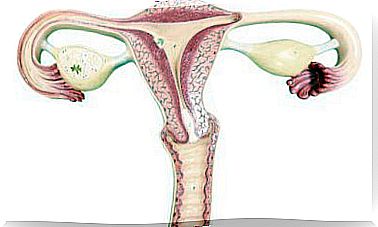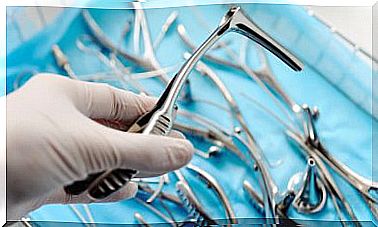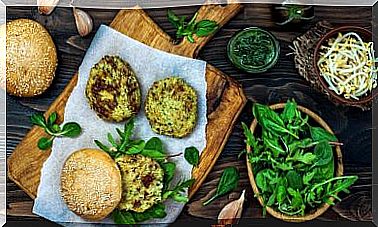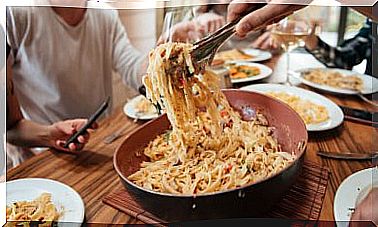What Are Herbal Tinctures And What Are They Used For?
To prepare an herbal tincture you only need herbs (dried or fresh) and alcohol. We show you how to do it, what they are and what they are for these liquid extracts, widely used in natural medicine.

Herbal tinctures, often considered supplements, are herbal extracts that can be made with a small number of ingredients. In general, you need a little grass, either fresh or dried, and food alcohol. The latter is in charge of extracting the active ingredients from the plants, so that they are concentrated as a liquid.
According to a study published in The Novartis Foundation Series , some plants may have medicinal and beneficial health properties, which has made liquid extracts such as tinctures around for millennia and fundamental to traditional medicine. We show you everything you need to know about it.
How are they different from essential oil?
Although both herbal tinctures and essential oils are used as home remedies for some diseases, there are unspoken differences between the two.
1. Its preparation
The method of making a tincture consists of macerating the plant or some of its parts in a high volume of food-grade alcohol for several weeks. After time, the alcohol absorbs the medicinal properties of the plant, its flavor and even its smell, as in the case of vanilla used for desserts.
For its part, the extraction of an essential oil can be achieved through various techniques, such as steam distillation, pressing, friction and, if it is done by maceration, with vegetable oil. These processes also preserve the active principles of medicinal plants.
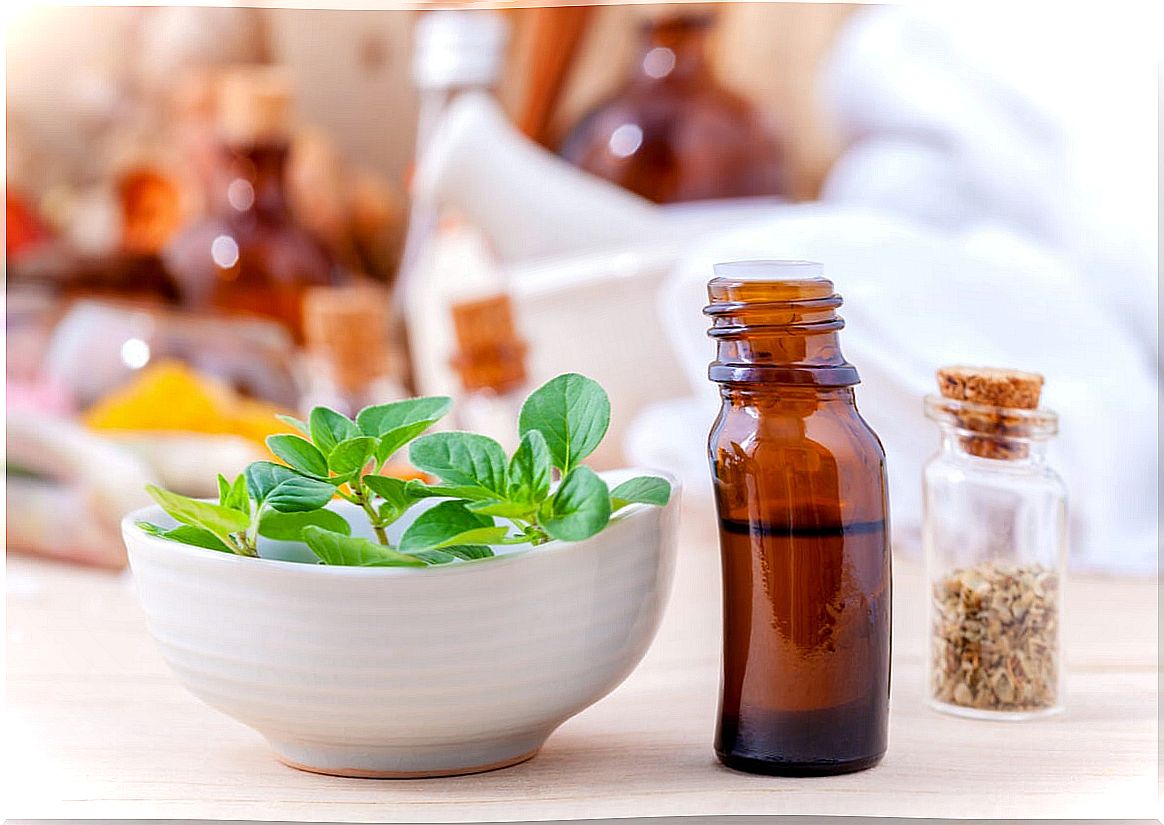
2. Its use
Due to its components, the tincture is harmless when ingested. This liquid extract is characterized by its bitter taste. For this reason, it is not swallowed lightly, but with the help of a dropper or small syringe. The oral route makes possible the rapid absorption of the properties of the tincture through the bloodstream.
In this way, the liquid is placed under the tongue, leaving it there for a few seconds before being swallowed. It is recommended to rinse the mouth after this. You can also add it to your food. The precise dose to take will depend on several factors, such as age, extract concentration, and weight.
Because essential oil particles easily reach the airways, they are usually inhaled and thus reach the bloodstream. The speed and effectiveness will depend on the intensity with which the fragrances of the oil are inhaled or the oxygen saturation in the body.
Now, if you are looking to give yourself a massage, you should consider that good quality essential oils have a very high concentration level, so they should be reduced with vegetable oil when used topically. Ingesting them is not recommended, as they can be toxic.
What are herbal tinctures used for?
Herbal tinctures have proven to be very versatile, thanks to the fact that there are multiple plants that can be subjected to the maceration process. The benefits will depend on the properties of each one. They are used in culinary fields (flavorings for desserts or drinks) or with exclusive medicinal use.
Some ideas to try
If you are looking to take advantage of the properties of medicinal plants through tinctures, but are new to this subject, try using extracts from known plants. Pay attention to the symptoms that you present after ingesting this natural remedy.
According to studies, the most common plants that are used for tinctures and could be beneficial for health are the following:
- Garlic Root : According to one analysis, garlic is efficient in reducing bad cholesterol and total cholesterol when used for more than two months. However, more research is still needed to support such a hypothesis.
- Chamomile flower : used to reduce inflammation, calm anxiety and heal wounds, according to a study published in Molecular Medicine Reports .
- Valerian Root : Although there are no conclusive studies, it is believed that valerian can help you fall asleep.
- Ginger root : Research published in Obstetrics & Gynecology suggests that it reduces nausea and vomiting during pregnancy.
- Feverfew Leaf : People have long used feverfew to lower fever. There is also a popular belief that the plant is used to treat arthritis and prevent migraine, however, there are no conclusive studies that can assert such a hypothesis. Research does suggest that it may have the potential to treat pain and rosacea.
- St. John’s wort flower or leaf : Has the potential to treat symptoms of depression, according to research.
- Gingko leaf : a review of studies suggests that this plant could prevent dementia and stimulate brain function, however conclusive results are still lacking.
- Ginseng Root : According to research, ginseng may address diabetes as an adjuvant.
How are herbal tinctures made?
The first thing you should know is that the use of liquor as a solvent is necessary, since with it resins and alkaloids are extracted from plants that are not soluble in water. Neutral vodka is usually used; in this way the original flavor of the herb is preserved.
Some people use vinegar, glycerin or water to macerate, but the result obtained is an extract, not a tincture. While it is true that tinctures are extracts, not all extracts become tinctures. This is due to the type of solvent used. Let’s see how to make them at home.
Ingredients
- Glass jar with airtight lid, sterilized.
- Any useful part of the herb of your choice (fresh or dehydrated fruits, roots, flowers, bark or leaves). Wash and chop them. Keep in mind that quality tinctures use fresh herbs.
- 40-70 degree alcohol or apple cider vinegar. The result will depend on your choice: tincture or extract.
- Parchment paper to cover the opening of the jar.
- Funnel and gauze.
Preparation
- Fill the glass jar with the herbs of your choice until 3/4 of the way is covered. Follow this order: with leaves, dried roots, barks and berries of the same herb fill half the jar, then cover the missing part, leaving 1/4 of the container, using more dried roots, bark or berries and excluding the leaves.
- At this point, pour the rubbing alcohol over the herbs until it reaches the rim of the jar. Remember to cover them completely.
- Now cover the opening of the jar with the parchment to close it with its respective lid.
- Let it marinate for 8 weeks in a cool, dark place. Shake from time to time.
- After time, strain the tincture using a funnel covered with cheesecloth.
- Unload the herbs and conserve the liquid.
- Identify your jar with information about the tincture: name of the herb, if the plant was fresh or dehydrated, the type of solvent and the date of manufacture.
There are those who mix herbs to make tinctures, but this is something very careful, because some parts become toxic when ingested or applied. Therefore, it is recommended to be well informed about which parts you should use for your preparation before making your homemade tincture.

Contraindications and recommendations of herbal tinctures
Being a herbal remedy does not imply that the use of herbal tinctures does not produce negative side effects. However, when contrasted with some drugs, they turn out to be tolerable. Some considerations that you should take into account are the following:
- In the United States, the Food and Drug Administration (FDA) does not have control over the development of this type of alternative remedy. If this is important to you, find out if there is any type of regulation for the creation of tinctures in your country.
- In case of using medications prescribed by a doctor, consult with him your interest in ingesting tinctures. There may be some adverse reaction or interaction.
- In some cases, allergic reactions (fever, hives, inflammation) have been detected. There may also be a drop in blood pressure. Gastrointestinal problems are not unusual either, with diarrhea, heartburn, flatulence, or constipation.
Without detriment to the foregoing, these effects depend on the plant used to make the herbal tincture. Not all extracts have the same reactions.
Learn about herbal tinctures before using them
If you are looking to reduce the irritation that your tincture may be generating, try ingesting it in another way. It can be through an infusion, for which you only need hot water in a cup and add two droppers filled with your herbal extract.
Be careful what you buy. Some herbal tinctures have less than acceptable purity and this is due to a lack of regulation in their manufacture. Find out well, whether you are looking to make your tincture at home or if you are going to buy it.
It is necessary that you know the properties of the plant, its negative and positive effects and the type of solvent that was used. Keep in mind that some herbal tinctures are for topical use only.




